Globalisation
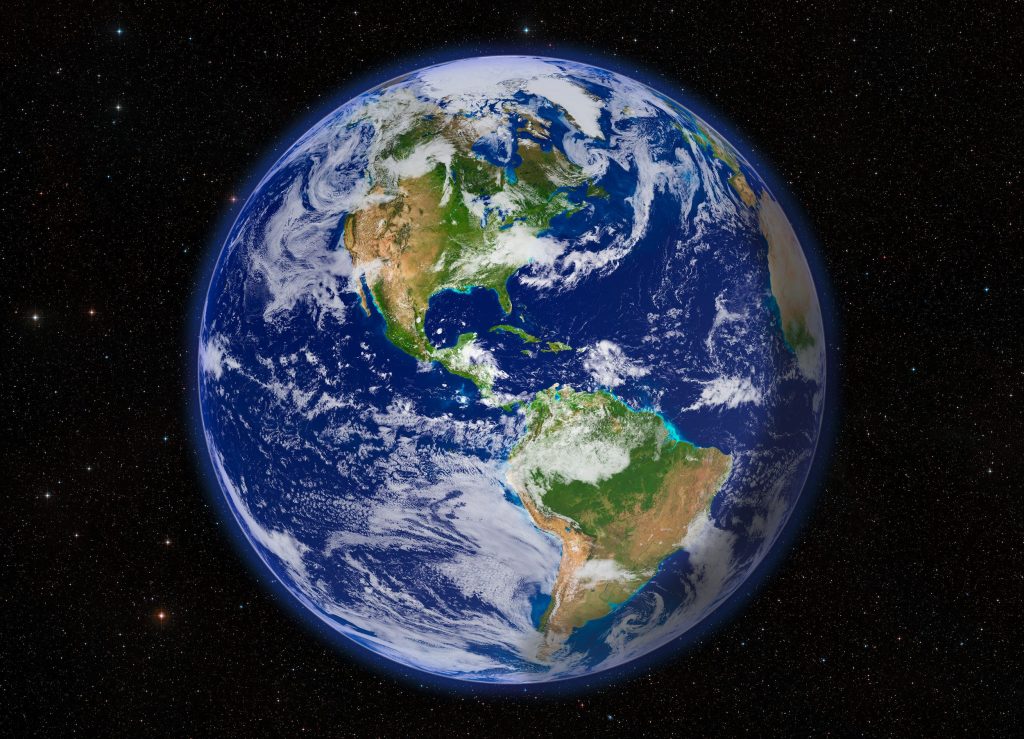
How has Globalisation affected your business over time?
This week’s first lecture takes us back to the creatives from week on and we get to see what they think about globalisation. Simon from SomeOne is the first to answer. From knowing his company and how it operates I was expecting him to be an advocate for globalisation. Someone now has offices across the world and collaboration is key. They like the concept of ‘big ideas’ and by working with lots of creatives across cultures, continents and time zones they can work on these ideas from all sorts of angles 24/7. My only concern with globalisation being used in this way is it could lead to a monopoly over the creative industry. Often, the biggest brands in the world take over and limit consumers choice. For example, if I wanted to go buy a hamburger or have a drink of fizzy cola you know exactly what I am likely to buy. Globalisation can be used for good or bad and that power, in the main, lays with multinational companies.
Sam Winston up next, who is arguably the complete opposite of Someone. He works alone but travels the world to attract clients and jobs. He likes globalisation for its power to connect people at speed but still has firm beliefs that the best way to interact with a customer is face to face.
Human < Object < Digital
In his hierarchy of importance, human interaction is the goal, followed by printed, physical materials and finally some sort of digital interaction. I concur with his thoughts here and am more likely to warm to a person if they pick up the phone or drop round for a coffee.
The only other thing Sam touches on is the fact that globalisation allows for a global economy meaning that he, and those with the means, have access to wider resources from other countries. We are no longer limited to those within our country’s borders.
Regular Practice talk about reduced costs in terms of print production and the global economy that Sam mentioned. I would add that globalisation may give creatives access to methods and crafts that they were not aware of. Sarah Boris reiterates this idea of more opportunities and using the digital space in a way which enables local interactions.
Finally, Julian House and Adrian Talbot discussed globalisation from both, their roles at intro, as well as their private ventures into typography and music.
“Anyone can do anything from anywhere” – Adrian Talbot, Intro Design
I like this idea and how they quantify it by describing themselves as “social misfits” and how they you can now conduct a business purely from behind a screen. Just like them, this appeals to me. However, I realise the importance of face to face contact and that interaction being part of the service you sell. They also talk about how things can get lost in ‘digital translation’ and you can spend days going backwards and forwards over something which can be resolved quickly with a face to face meeting. Maybe this will change as technology develops and platforms such as Zoom, Skype and Microsoft Teams improve?
They also pose the idea of ‘passive income’ and that now designers can create a revenue stream with no interactions at all! This can be done through posters, typography, vector and stock photo creation. This is something which I would like to learn more about.
I have included some infographics below which offer an interesting insight into globalisation, its positives and negatives, how brands can monopolise the market and what other countries think about it.
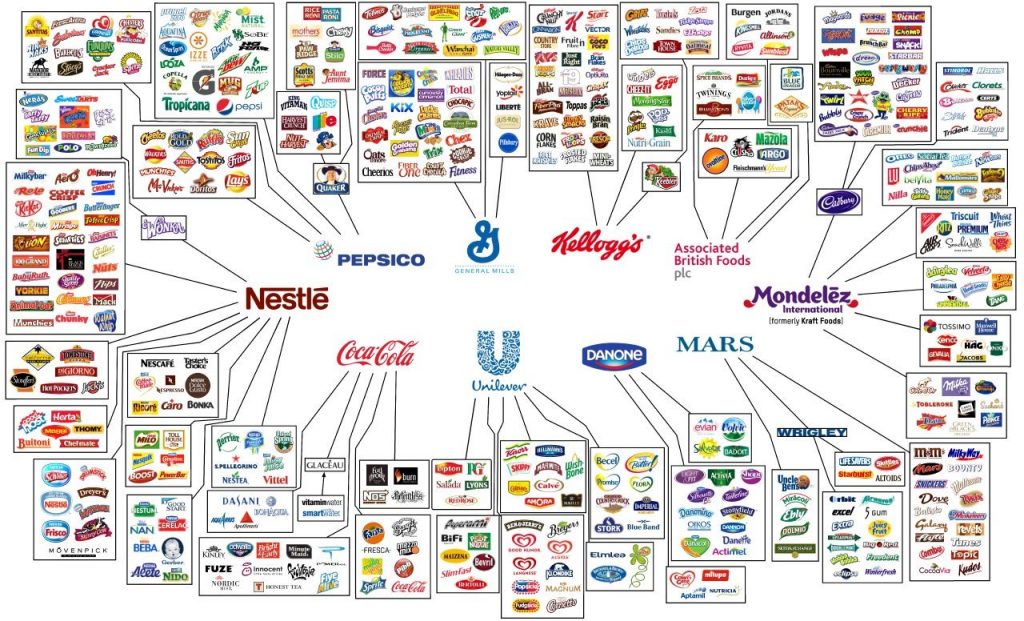

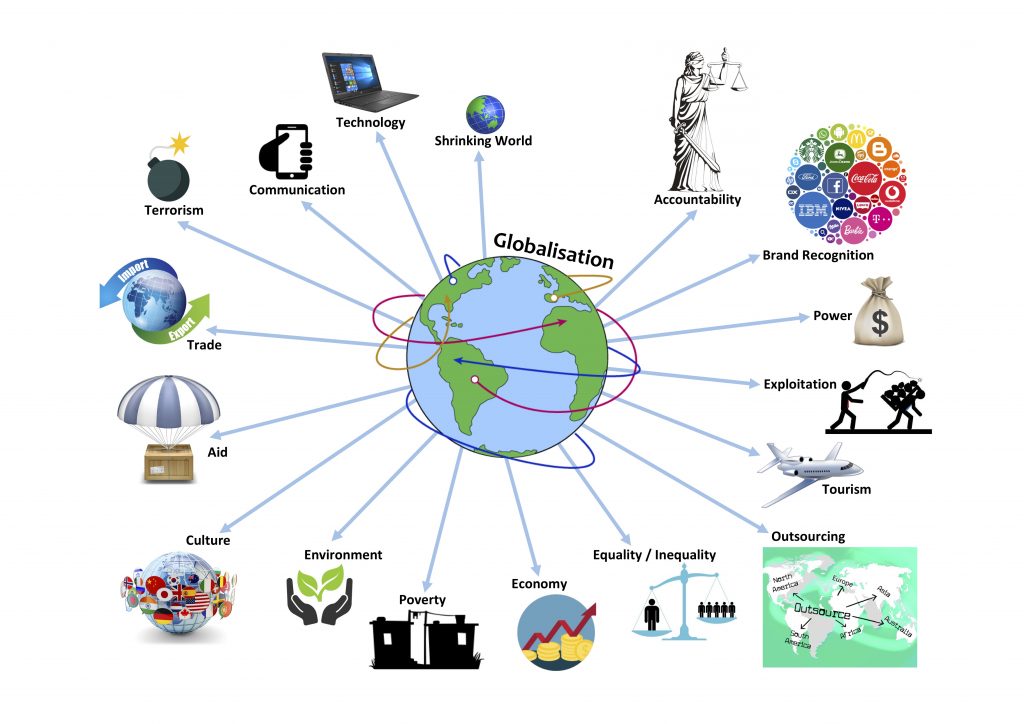

Harriet Beesley – Pearlfisher
Graphic design practice globally and broadly
Harriet introduces herself as a Graphic Designer who has been working in London for more than 10 years. For the last four years she has been working at Pearlfisher who work on projects across the world. They also have studios in New York, San-Francisco and Copenhagen which allows for a collaborative approach to working where knowledge and resource can be shared. Due to the variety of locations and having a diverse staff, Pearlfisher has a multi-cultural working culture which is invaluable in working with clients from around the world.
The Christmas video which is shown next celebrates this collaboration and that while they celebrate their differences, they also use what unites them to provide the highest standard of service.

Harriet continues to talk about being a Graphic Designer and that she thinks of herself as having a wide range of skills. Sometimes she needs a more focussed skillset so will employ specialists to help her achieve her goal. The example she gives is of Taylors of Harrogate.

The brand strategy and story was established first – ‘the home of extraordinary flavour’. Once the logo mark had been developed to look like a window, they wanted to use this as a metaphor for looking out (or in?) to a world of craftmanship and culture. Globalisation allowed them to scour the planet for the perfect illustrator. In this case, Suthipa Kamyam (based in Bangkok) , David Bates (Colorado) and Izutso Hiroyuki (Japan).
The second example given shows a different angle to globalisation. Pearlfisher were approached by a Chinese brand, YOAI, to produce a feminine hygiene brand. With only 2% of Chinese women using the products they had to approach this in a way which would shift the cultural perception. They wanted the brand to have a premium feel to it and western design is revered in that way in eastern cultures. To totally immerse themselves Pearlfisher even went to China to absorb the culture, while working closely with the client and their own Asian staff. The result….an absolutely gorgeous piece of design which drives cultural change for the better.
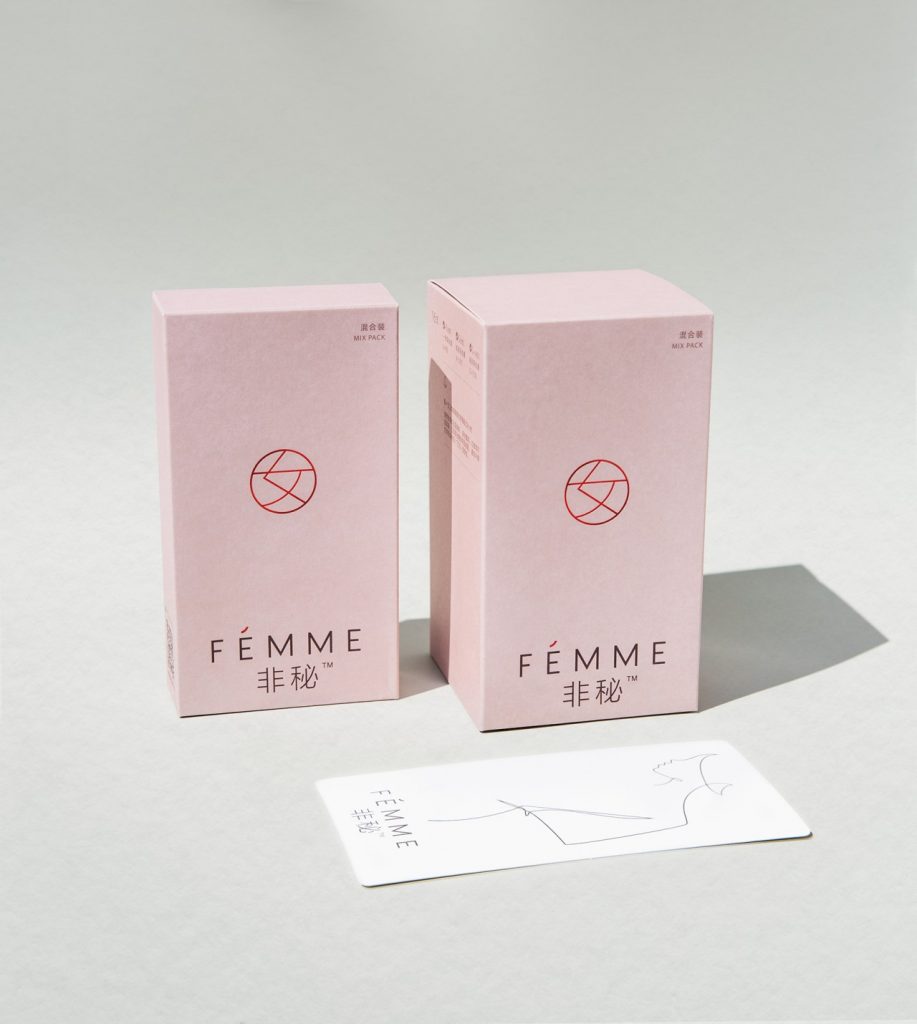
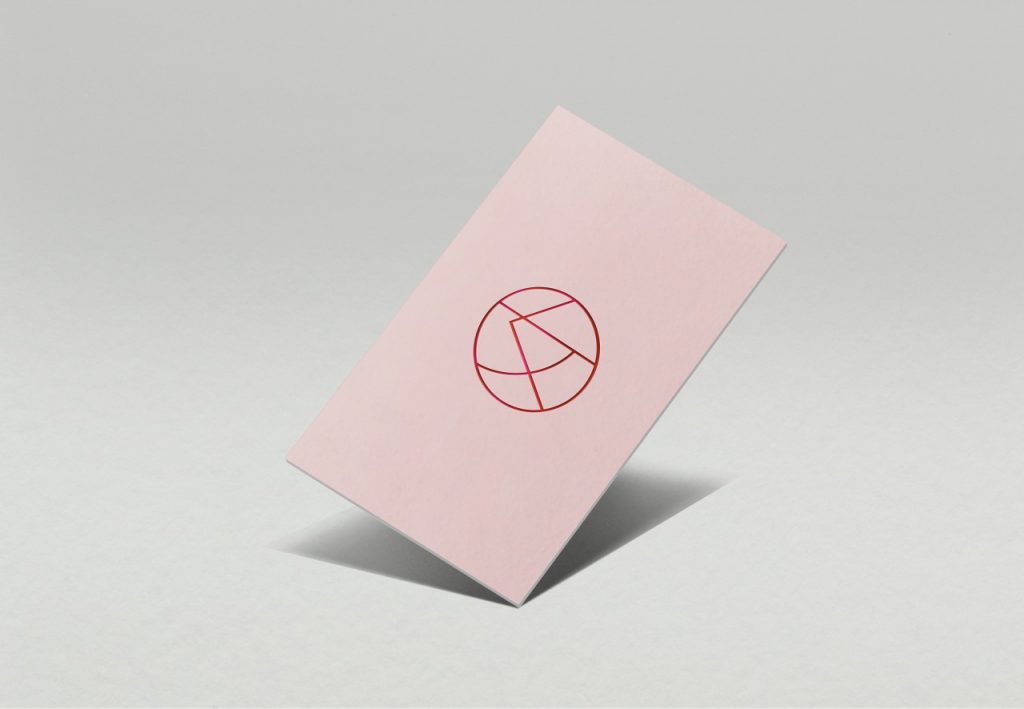
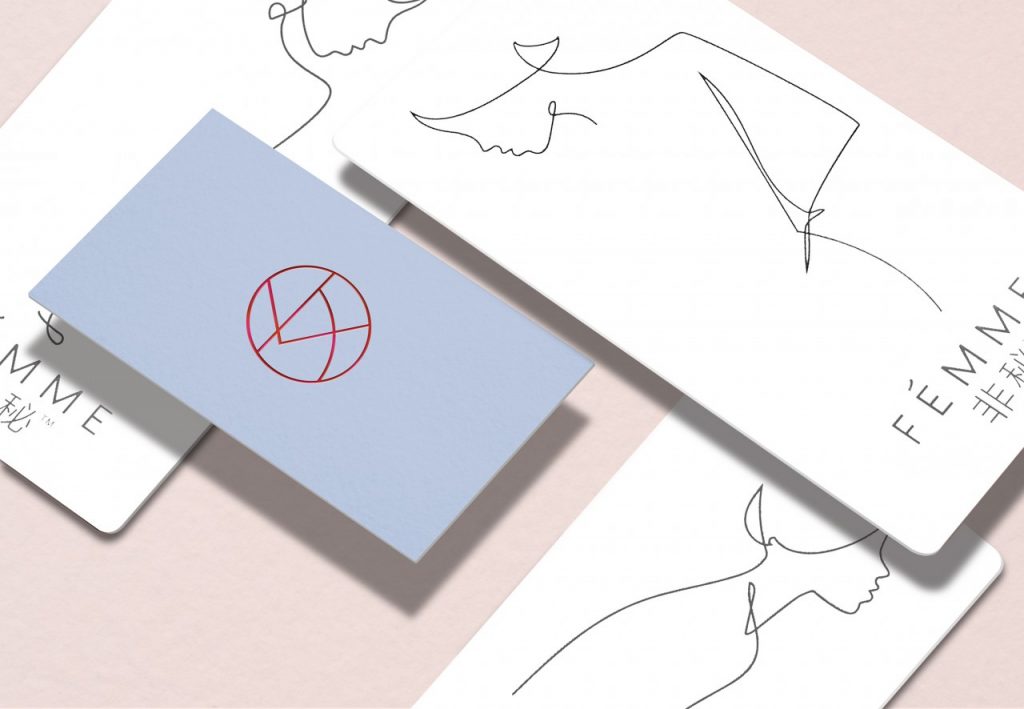


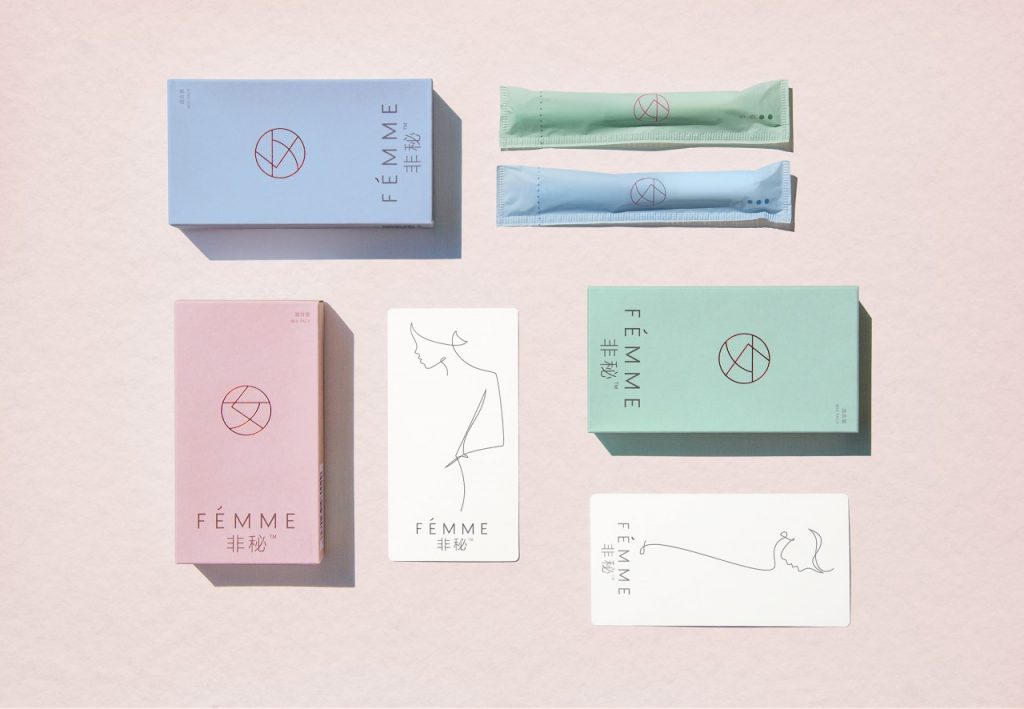






Harriet poses that with the dawn of the digital age and SEO images being shown to everyone across the globe is design becoming homogenised and bland? I certainly feel that is true to some extent and maybe even I am guilty of it too. If people want a quick or cheap service then it can be difficult to provide a unique, story-telling response to a brief. Sometimes, clients are looking for something which looks good, no matter the history of its creation. I personally feel this is something, as creatives, we are responsible for. Its important to stand your ground, explain why things need to be unique and thoroughly researched and to charge for that service. I appreciate that is easily said than done in a world of tightening economies.
Harriet explains that, by looking at other sources of inspiration, we can create something truly unique for the client. Creativity exists in many places, not just in Graphic Design, and its in these places we will find true individuality.
In the below example Pearlfisher created some packaging for Bang and Olufsen. They inspiration was through modern magazine and layout design.
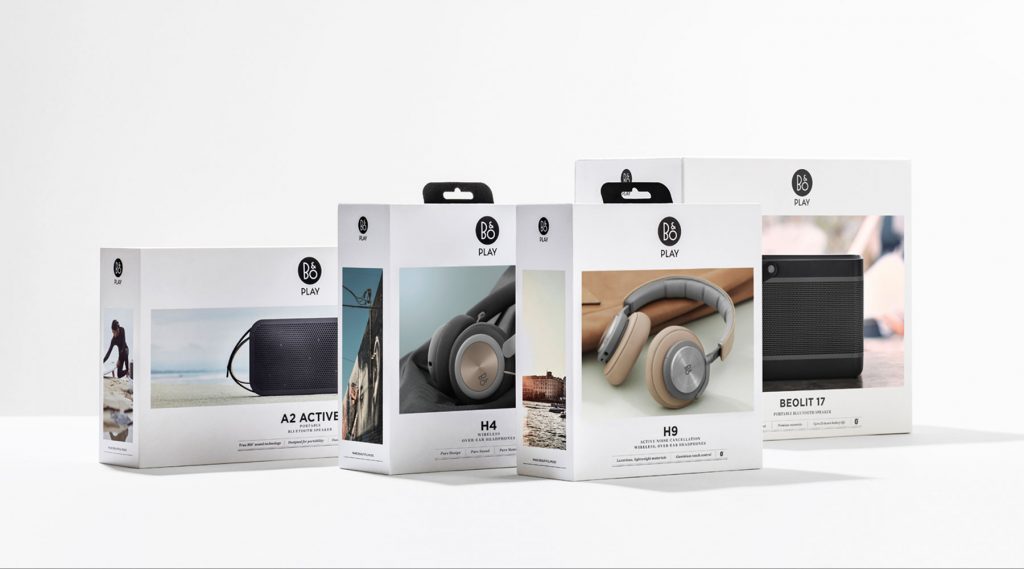
Harriet talks about there being a lot of in-authenticity in the design world where globalisation has allowed people to get a taste of a culture without fully understanding it. The example given is Hendricks Gin. The designers responsible for their most recent packaging looked to the umbrella company’s history. While William Grant and Sons were established in 1886, they did not start making gin until 1999. The designers have focused on the established date and created a whole brand story and tone of voice from it. This seems a bit disingenuous to me and almost along the lines of lying to their customer base. However, as it is not widely recognised and people buy it for this look and taste, it works. If I were in PR for a rival company, it would be quite easy to take them down a peg or two with the dishonesty!
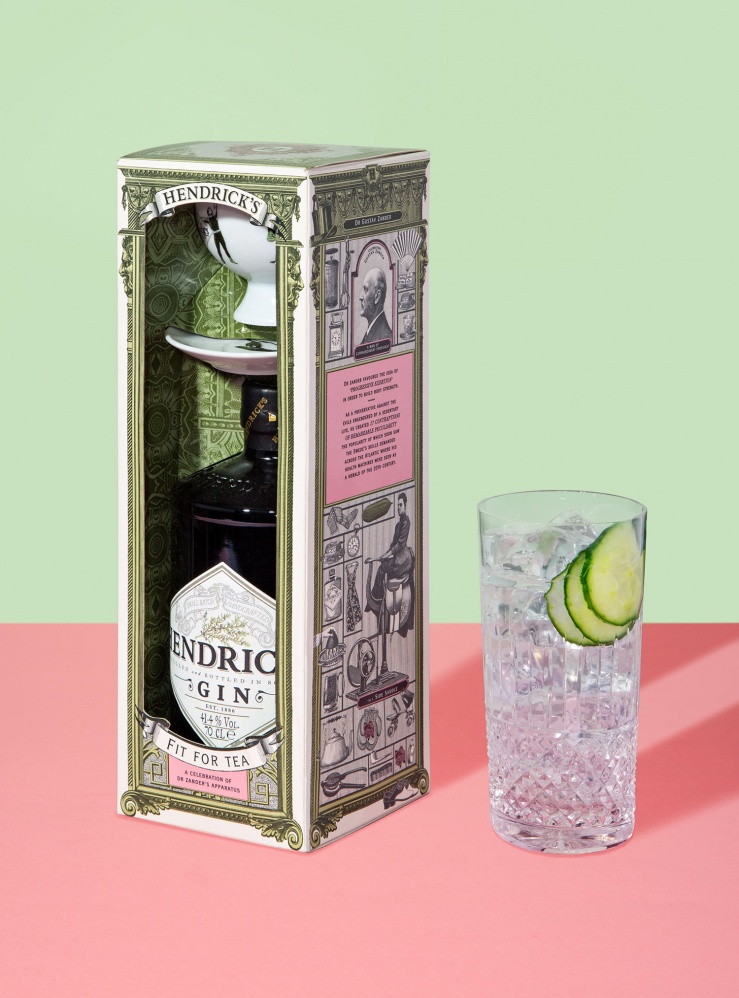
Sometimes the public cotton onto this brand deceit and call out the companies who do not stand true to their own brand story and heritage. The example below shows how Waterstones rebranded in 2010.
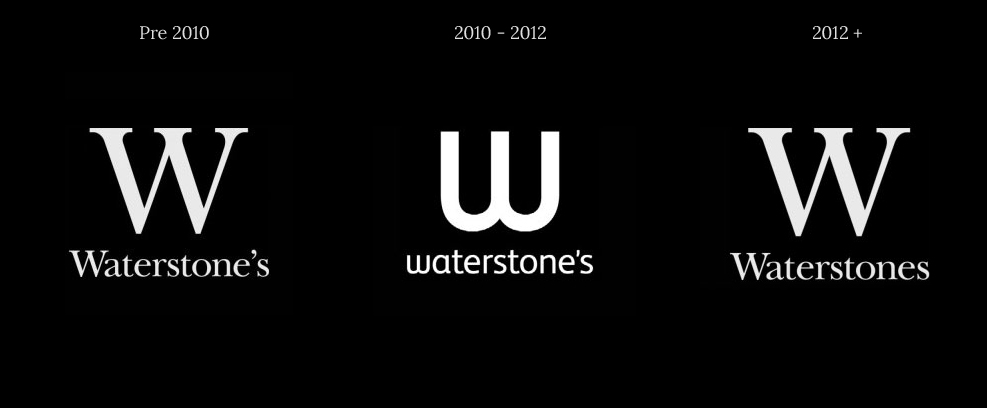
The most loved bookseller on the high street should look like a book, right?
What are the biggest brands in the world? Coke Cola, McDonalds, Apple? What makes them work?
I think they work because they simplify their brand stories to iconic themes which work across borders. It almost feels like these brands do not have a country of origin and associated culture but instead create their own population and followers through consistent ‘awesomeness’. People buy into their brands so much that they believe in them, will protect them and will fight for them. It could be argued that Apple, for example, unites humans through a universal culture and brand. That is powerful stuff.
Ultimately, as Harriet says, “Brands need to be authentic, have principles and stand by them.” One of my favourite brands who does this is the shoemakers, TOMS. They were popularized by their ‘Buy One Give One’ (BOGO) marketing campaign. For every pair of shoes purchased, TOMS gives a pair of shoes to a child in need. Their mission statement is:
Our mission has always been using business to improve lives, and that includes taking good care of the place we all call home. We don’t have all the answers, but we’re committed to making choices that benefit our customers, employees, and the planet—from the materials and vendors we choose to the way we get each product to you.
And you know what? I believe them. They even have a link on their website (https://www.toms.com/us/environment.html) which details what they are doing to save the planet. This is an idea that me, and many others, want to buy into. It gives them a unique footing (pun intended) in the shoemaker world. Its an honourable cause and seen as a positive by many. Doing good is rarely seen as doing wrong.
As Harriet says, “This approach allows consumers to feel like they are having a unique experience with the brand, rather than just being run-of-the-mill and generic.”
Harriet ends with some final bullet points which I have included below as I think they should epitomise every brand:
- Be genuine, no bull;
- Tell the story, one that the brand you are designing for can truly own;
- Find a unique way of talking that stands out and is fresh in the category;
- Keep it simple, consumers have enough on their plates already;
- Think global but act local;
- Consider the impact on the planet and what the brand can give back;
- Make it fun – an emotional engagement with a brand will make it more memorable.
Workshop Challenge One
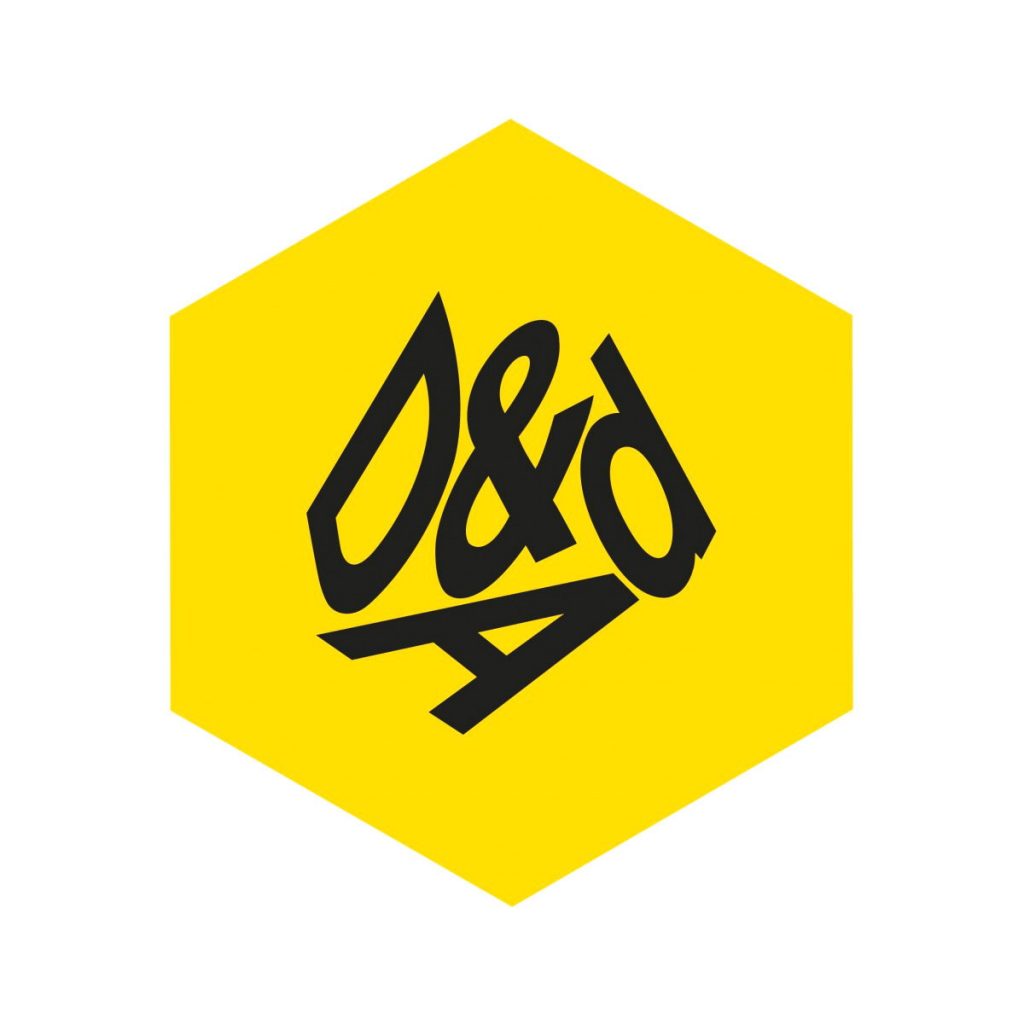
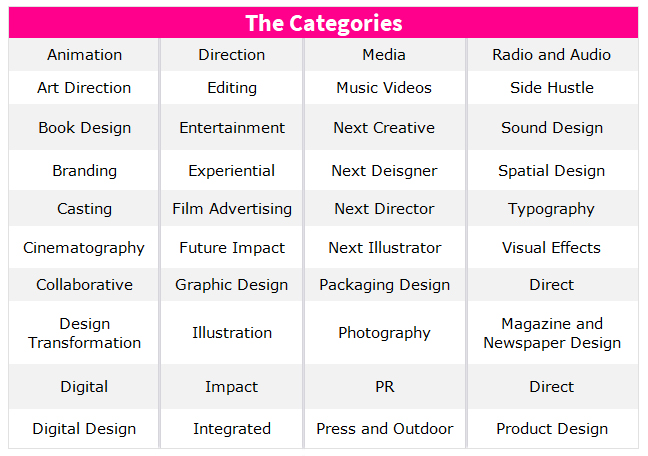
The D&AD awards are, “For creative ideas imagined brilliantly [and] executed beautifully…. the world’s beacon for creative excellence since 1962.” This is ‘THE’ award for creatives. Celebrating the best of the best in the creative world, the annual awards are handed out to those who produce the most transformative designs.
I have been interested in the D&AD Awards since I first heard of them more than a decade ago. In searching through the main categories above it became quite obvious that the work of a ‘Graphic Designer’ could sit within many of these classifications. For example, I have done animation, branding, digital design, editing, graphic design, illustration, packaging design, photography, PR and magazine and newspaper designs! Phew! Each of these categories then have several subcategories which hone in on your specialisms within that subject area. Typography, for instance, has no less than 15 subcategories which you can enter. This is a lot to take in. If we take an average of 10 subcategories per category, we would end up with an unfathomable 400 possible entry points. Does this mean we should focus on one specialism or relish in the fact that as Graphic Designers we have a plethora of options available to us in creating design gold?
So starting at the most logical point I looked into the Graphic Design category. I came across a poster design which jumped out at me.
“The campaign seeks to build on the trust and affinity readers have with the Guardian and its role in giving people the facts to challenge the status quo, publish fresh ideas and opinions, and hold power to account.”

The symbolic use of the butterfly and its determination for change and to never give up is one that resonates across the globe. The designers have decided to show the butterfly in black and white so that it does not distract from the core message of the campaign. It also says to me that although something may be small, fragile even, with hope comes power.
What really interested me about this campaign is that it won 3 wooden pencil awards for Direction (Film Advertising), Art Direction (Art Direction for Outdoor Advertising) and Graphic Deisgn (posters). The company behind it, Uncommon Creative Studio, is based in London and their website is extremely sparse. The only real detail on it is:
Uncommon London is a creative studio building brands that people in the real world actually wish existed – Uncommon London
I even had to look to their social media to find their work! They have some big clients behind them (B&Q, Brewdog and ITV) but not describe themselves as anything more than the above. So, when I ask myself if the people behind it are Graphic Designers, Art Directors or Typographers…I don’t know. And I like that. Perhaps the way forward is to not pigeonhole ourselves at all? Maybe, in become Graphic Designers we have tuned our brains to a variety of creatives outputs and no one job title can define us?
Workshop Challenge Two
- Branding
- Typography
- Packaging Design
- Magazine / Newspaper Design
- Photography
- Art Direction
- Illustration
- Animation
- Digital Design
- Spatial Design
Working as a Graphic Designer or in a communications department for the last 5 or 6 years has seen me do many of the above jobs. I have put branding at the top of this list as I feel that it is taken into consideration in all of the mediums below it. Its rare that you will get to focus on one of these practices solely on its own. You cant brand without logo design or public relations or digital design for example.
Experievential
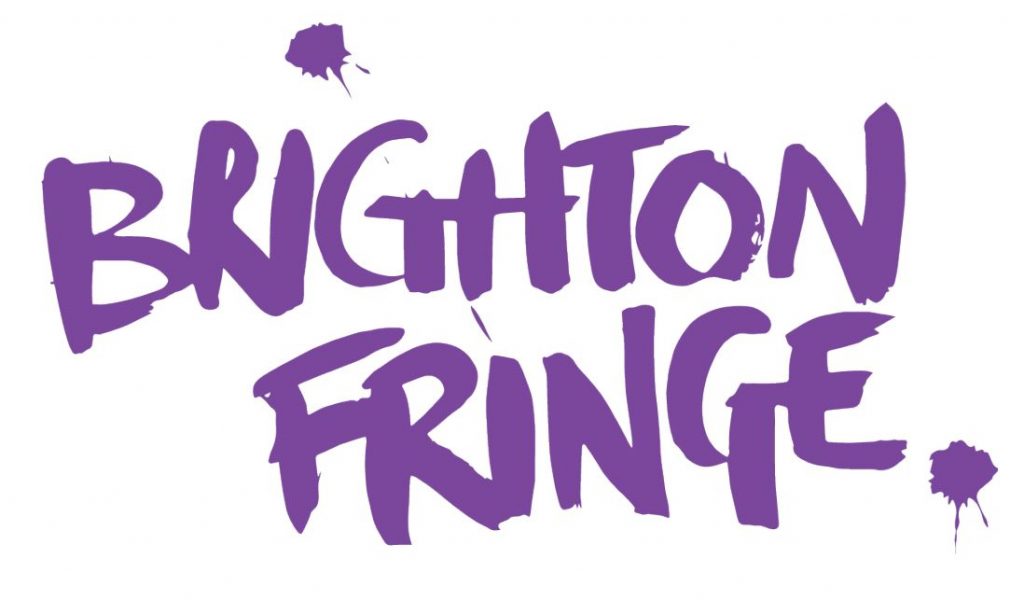
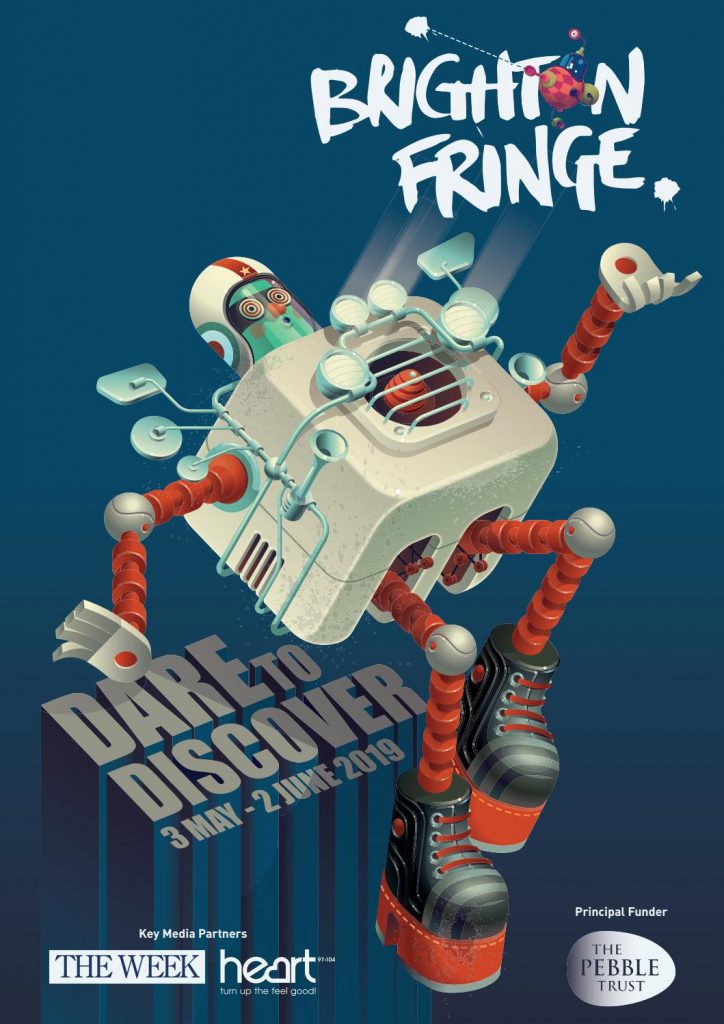
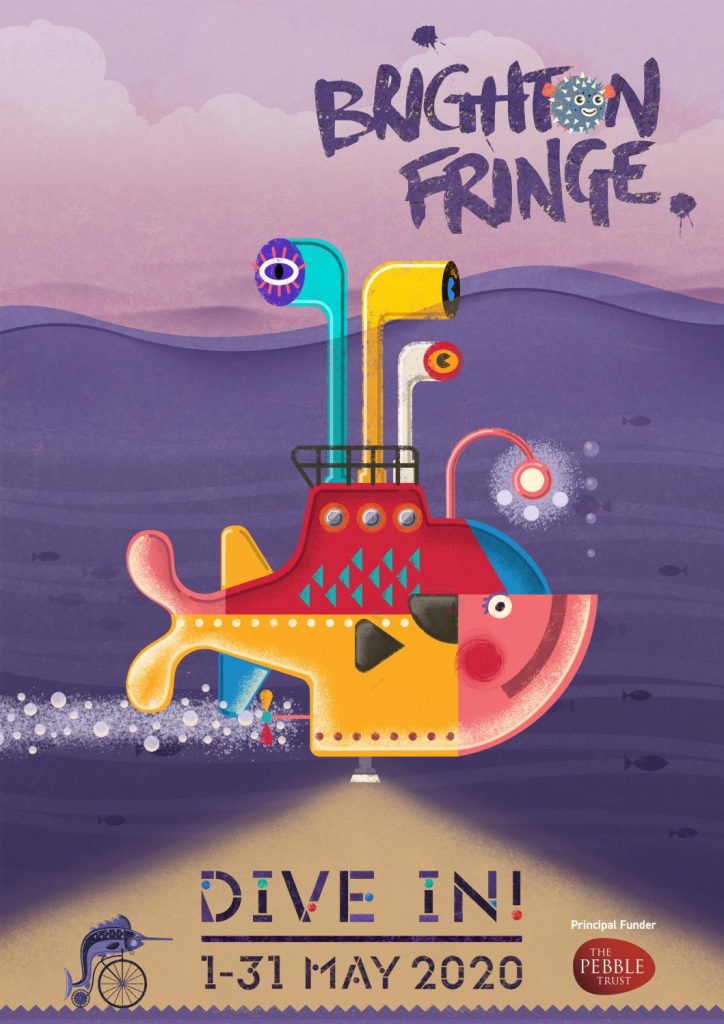
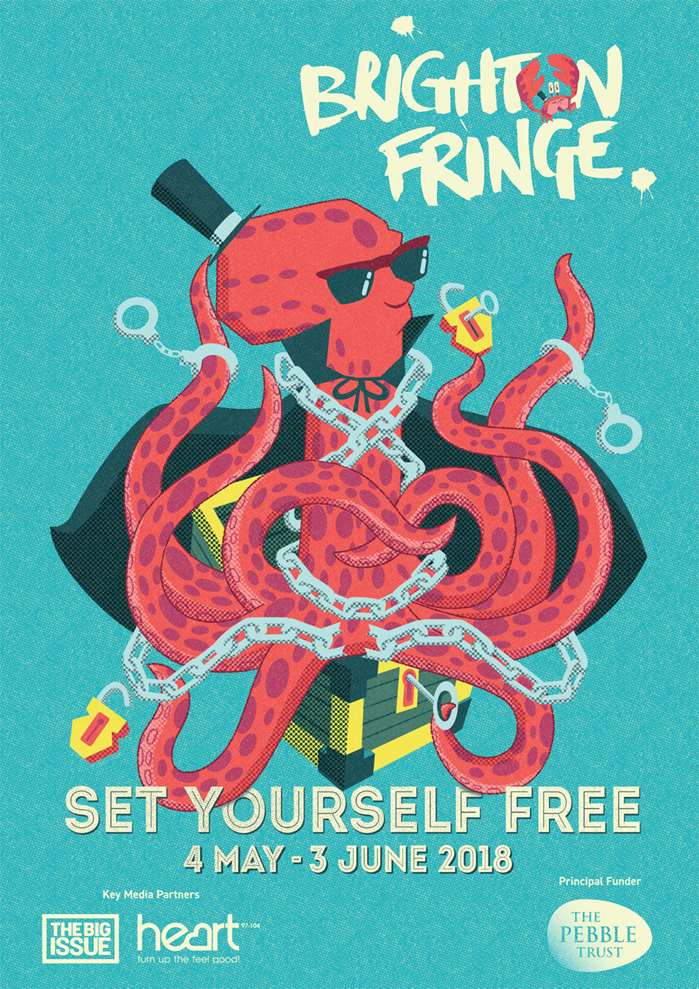
As part of my day-to-day job I have to help with creation of events and I think it should be a recognised discipline of creatives. I have highlighted the works of the Brighton Fringe Festival as an example. The festival, which has been happening since 1967, has developed a unique brand. The logo changed in 2011/12 and the organisers have sought the assistance of local illustrators and artists to give it a tone of voice like no other across the country.
Going back to my day job. I often get given briefs for new events and ideas and have to develop a brand to accompany it. My colleagues are all involved, sourcing stalls, acts, lights – whatever is required really. When it comes together it really is something to behold.
The events’ industry is massive and the people involved make interesting, exciting experiences for the attendees. Graphic Design in its simplest form is story telling. Event organisers get to develop their story from the ground up and, in some cases, like the Brighton Fringe Festival, it can develop its own culture, heritage and following.
Pay attention D&AD!
Designed Layout

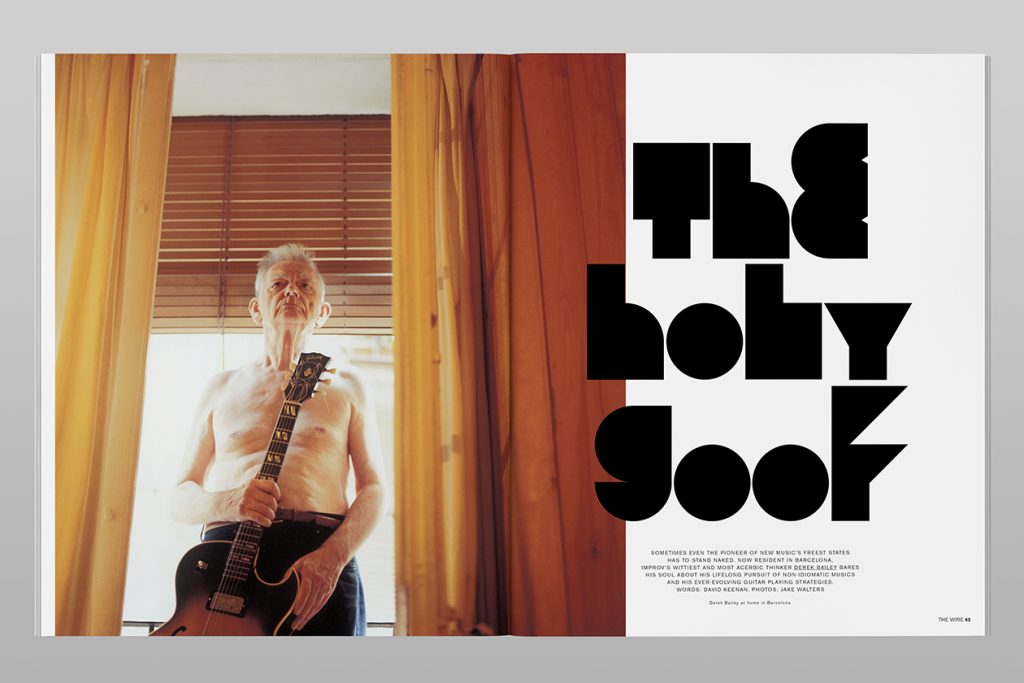

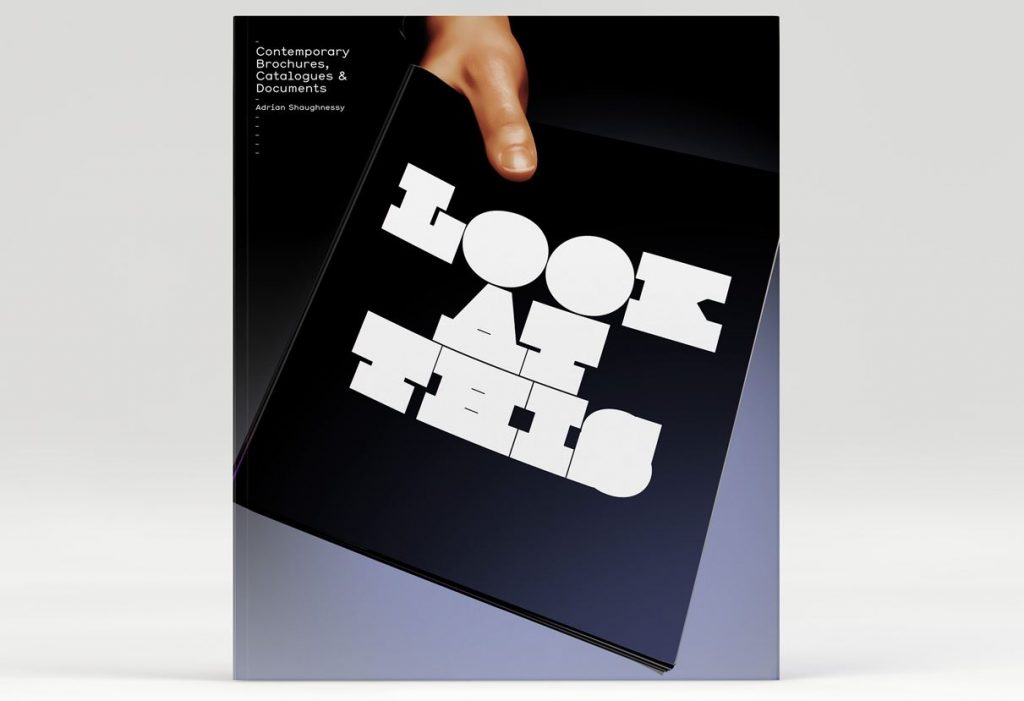
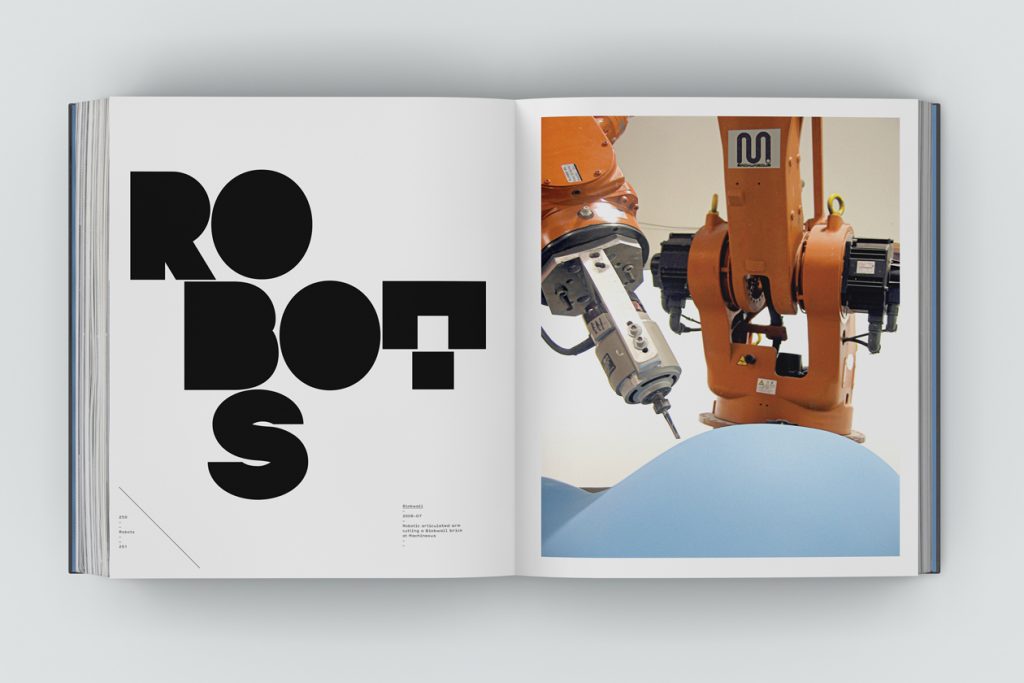







Following on from the resource this week of the Non-Format lecture it really inspired me to create something with bold text and some texture. I used these ideas to create the below designed layouts:
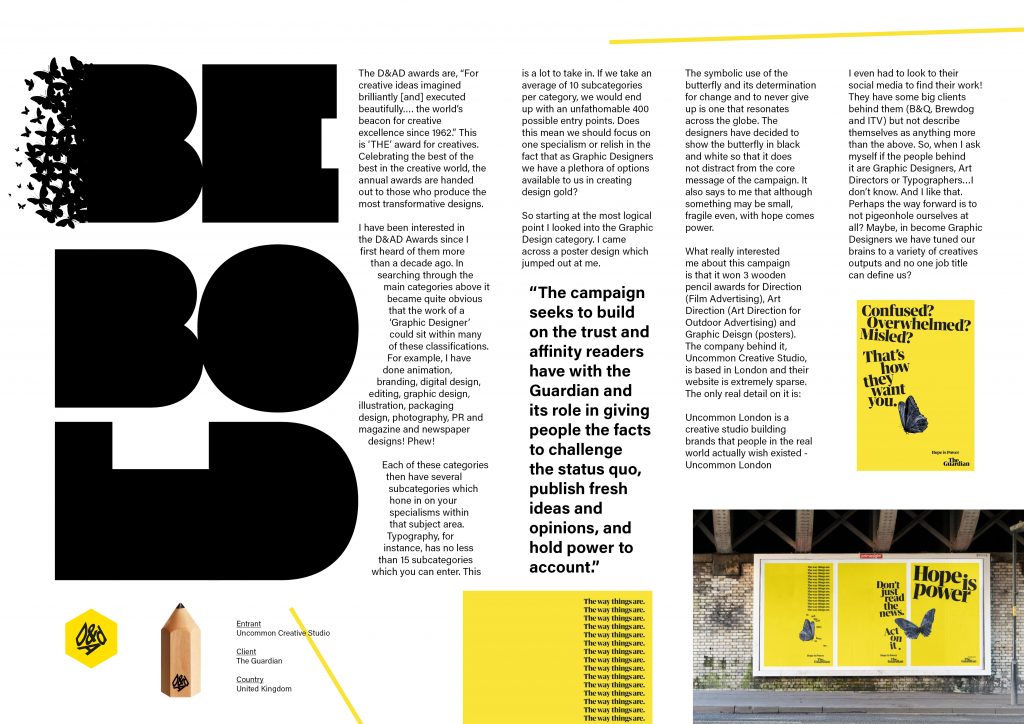
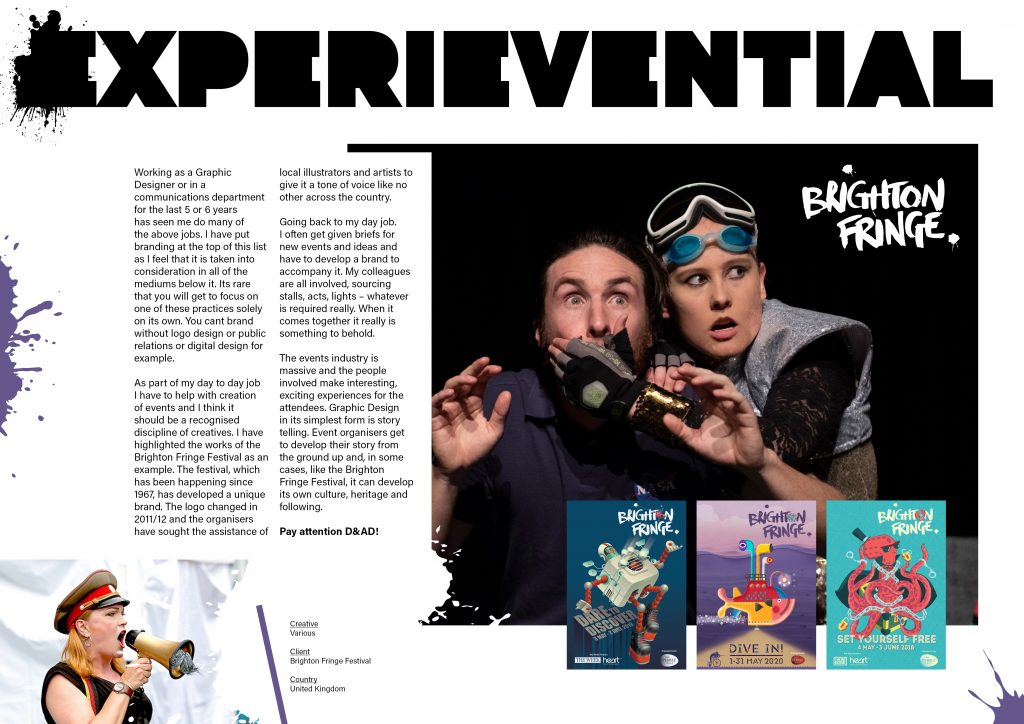
Ideas Wall
Personal Reflection
This week has been all about the boundaries of graphic design and where we are now and what our future may look like.
Globalisation is now a firm part of our every day lives and the developments are moving fast. Less than 20 years ago it would have been strange to have a personal computer in your house! Ultimately, I think you have to look at globalisation as a tool. It is brilliant for connectivity and collaboration whether that be with other designers, clients or as a resource to use cheaper printing solutions.
The fear is that globalisation can lead to a monopolisation of many facets of society, design included. It can homogenise design outcomes and increase the gap between the wealthy and the poor.
Having said that, it doesn’t have to. Conscious companies are using these opportunities to spread the wealth and work across the globe and as a springboard to deeper cultural understandings.
When working together works there can be real shifts in views, opinions and culture and all for the better. There really is a lot of pressure and expectations on brands to provide coherent and conscientious design campaigns and it is our job, as consumers, to hold designers to account.
The world of graphic design gets bigger and bigger with every year that passes, there are now over 400 subcategories which all intersect with each other. Design, or creativity as I prefer to call it, is impossible to put in a neat and tidy box and that’s what makes it so exciting.
The future of graphic design is an unknown entity which I am looking forward to unfolding. I can see design moving into three dimensions as virtual reality increases and what with Elon Musk’s Neuralink the possibilities are truly endless. Could we have designs which make us smell, taste, hear?
Whatever happens, it’s awesome and I am ready for it.
References
Globe Image. Pexels.com. Available at: https://www.pexels.com/photo/planet-earth-87651/ [Accessed on 19/01/21]
Brand Globalisation. Image. Available at: https://medium.com/@hanadanjoko/can-the-local-survive-amidst-giants-ccc50a72d40b [Accessed 19/01/21]
What People Think of Globalization, by Country. Infographic. Available at: https://www.visualcapitalist.com/globalization-by-country/ [Accessed 19/01/21]
www.dandad.org

Leave a Reply